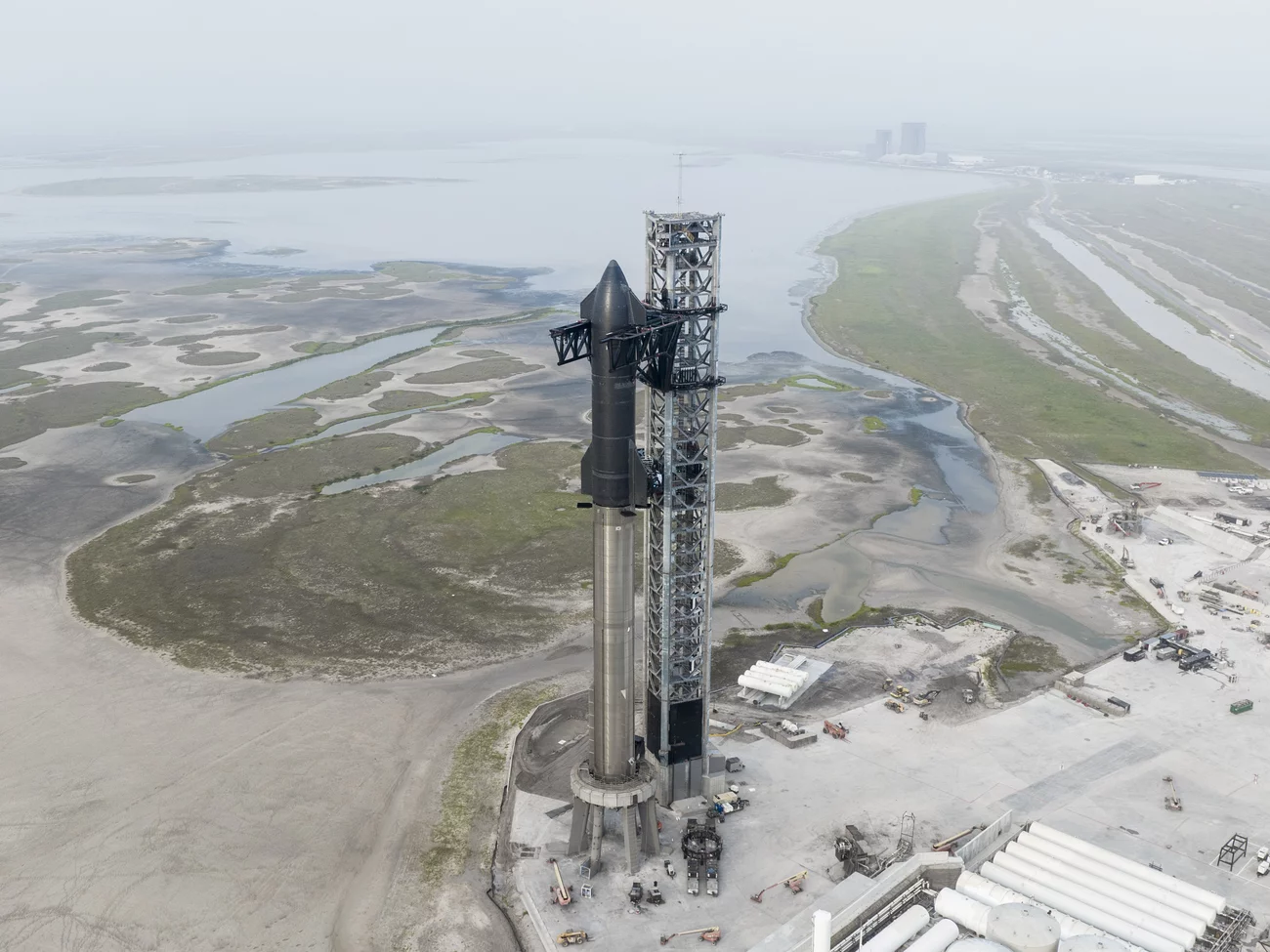In South Texas, the commercial spaceflight company SpaceX is preparing to test a huge, stainless-steel rocket. The machine could one day carry humans to the moon, Mars and beyond.
But first, it has to fly.
“It’s a very complex machine; it has so many different components,” says Paulo Lozano, director of MIT’s space propulsion laboratory. The rocket is larger than any ever built. Success will depend upon dozens of engines, firing in perfect synchrony.
The stakes could not be higher, at least to hear SpaceX CEO Elon Musk speak about the mission.
“Eventually the Sun will expand and destroy all life,” Musk said, standing before the giant rocket about a year ago. “It is very important – essential in the long-term – that we become a multi-planet species.”
Musk hopes Starship will provide a critical step to becoming multiplanetary, by allowing large payloads to be carried into orbit for cheap. His goal is for Starship to someday transport the first people to Mars.
Read more at NPR.org




